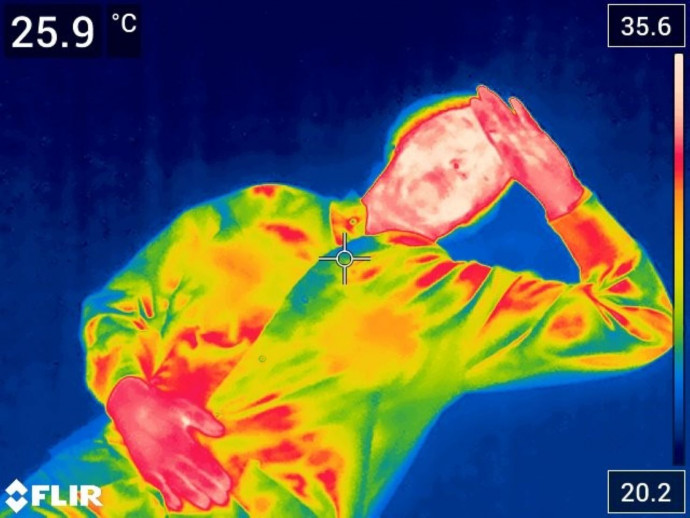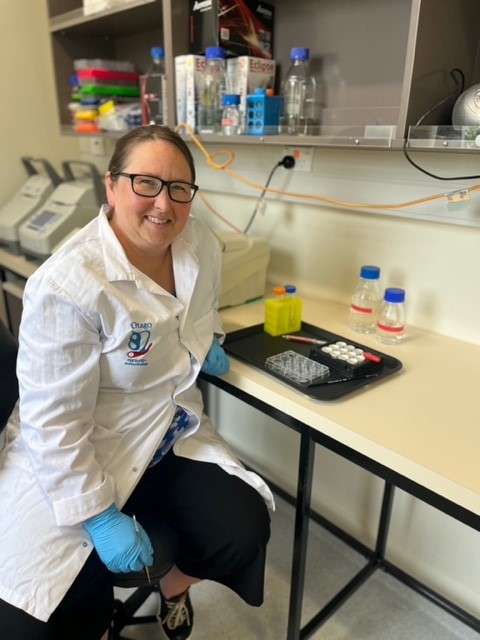Putting hot flushes to rest: Investigating the link between hot flushes and sleep disruption

Hot flushes often wake us from sleep, leading to long term health issues. Dr Jenny Clarkson at Ōtākou Whakaihu Waka the University of Otago is investigating what links hot flushes with wakefulness, potentially revealing new strategies for managing menopause
Published on 7 Whiringa-ā-rangi November 2024
Hot flushes are a common experience during menopause and can be debilitating. Aside from their obvious discomfort, hot flushes are also associated with sleep disruption, which can negatively impact our long-term health. Although we know that hot flushes are caused by declining production of estrogen in the ovaries, we still don’t know what connects them to sleep disruption in the brain.
Dr Jenny Clarkson and Associate Investigator Dr Rosemary Brown propose that hot flushes and disrupted sleep are connected by a neurotransmitter called serotonin. Serotonin promotes wakefulness and is proposed to be released onto “KNDy” neurons, a sub-population of neurons thought to cause hot flushes. Using a mouse model of menopause, the team will use state-of-the-art methods to observe serotonin release onto KNDy neurons in the brain and correlate this with wakefulness and body temperature. They will then see if they can reduce the frequency of hot flushes and awakenings by treating mice with selective serotonin re-uptake inhibitors (SSRIs). SSRIs are a commonly prescribed antidepressant that reduce hot flush severity in some people experiencing menopause.
Menopause hormone therapy is currently the frontline treatment for hot flushes but is often poorly tolerated. This research could ultimately generate new therapeutic approaches for those experiencing menopause, improving their health and quality of life.

Dr Jenny Clarkson (photo supplied)
